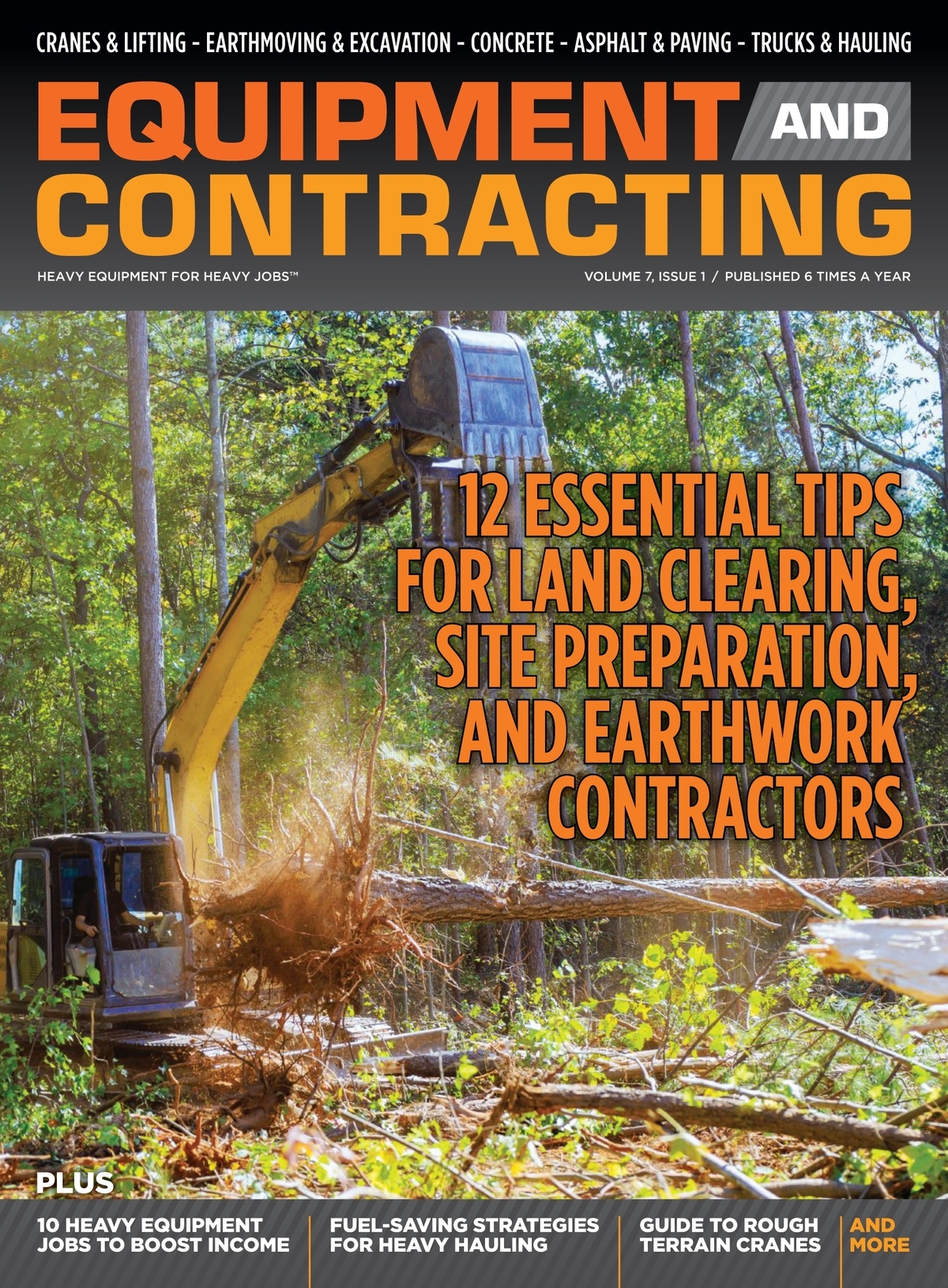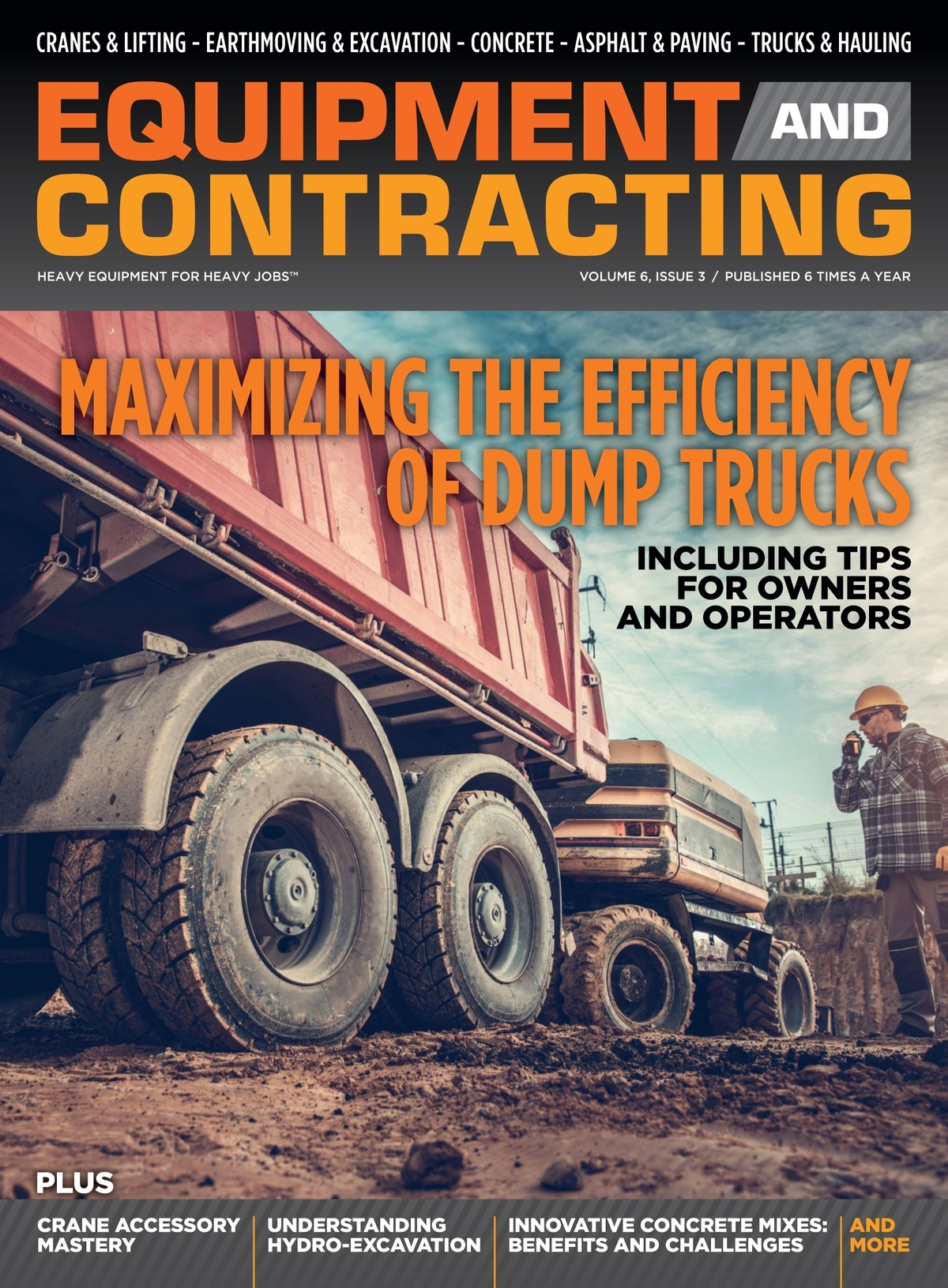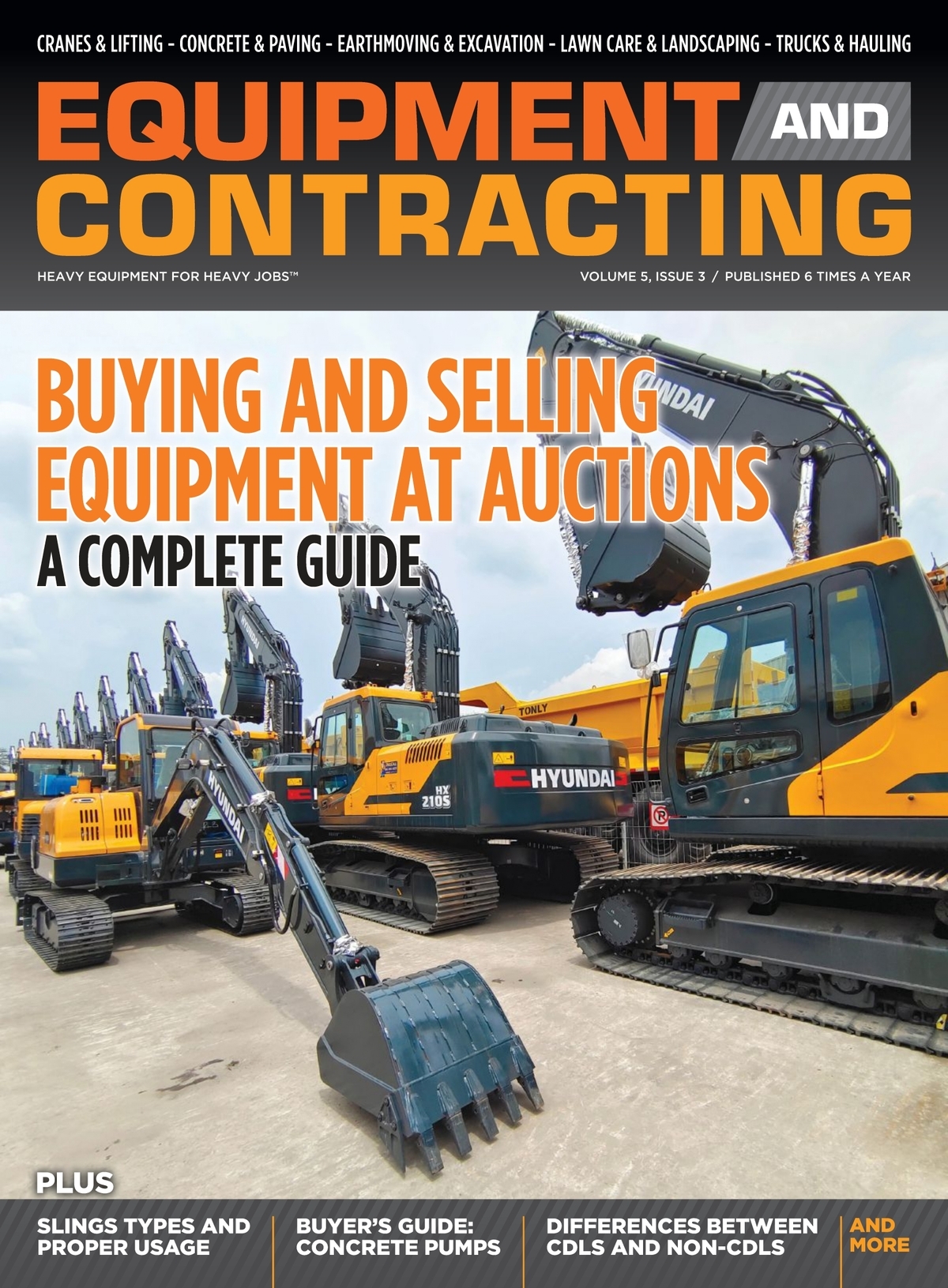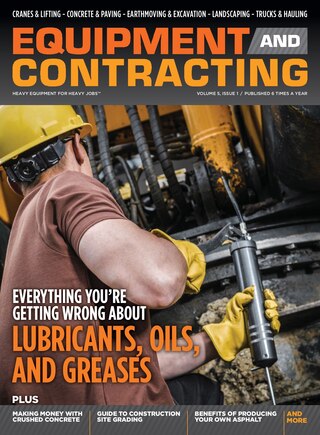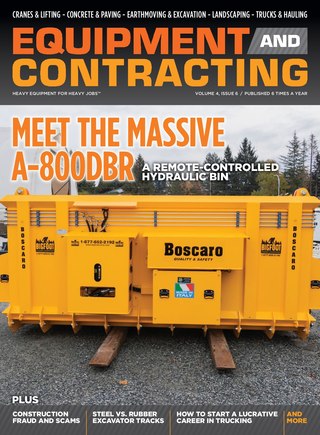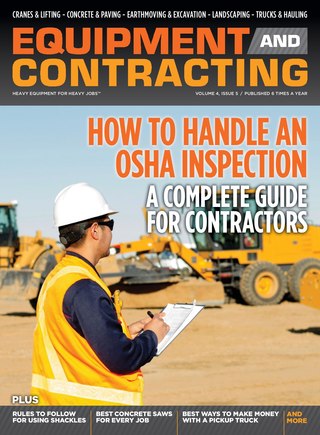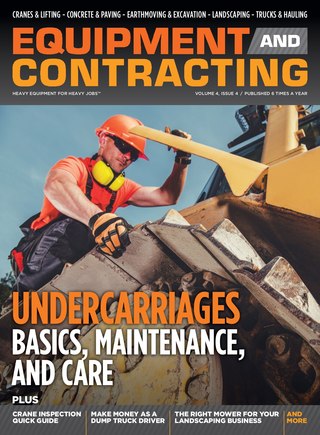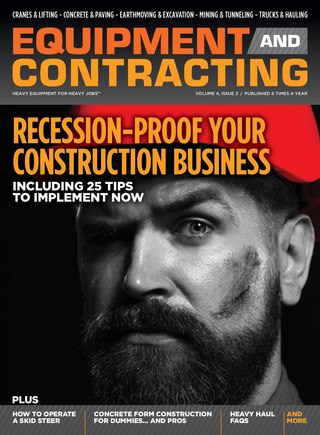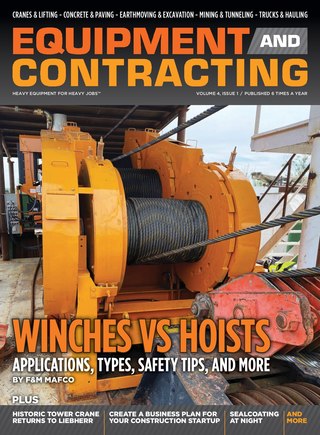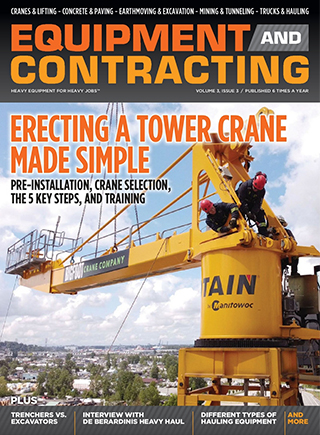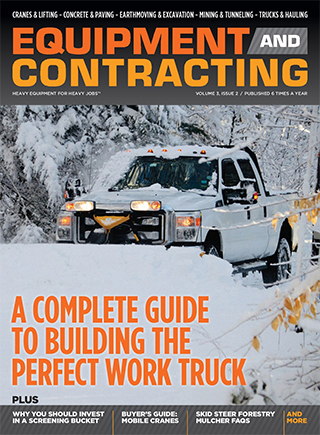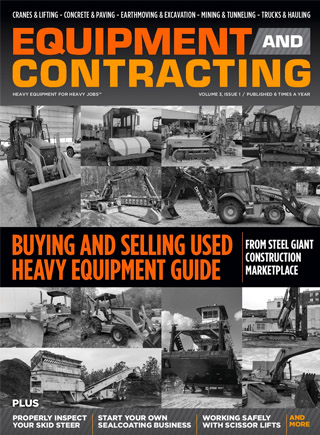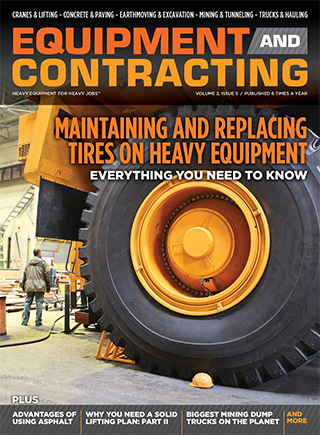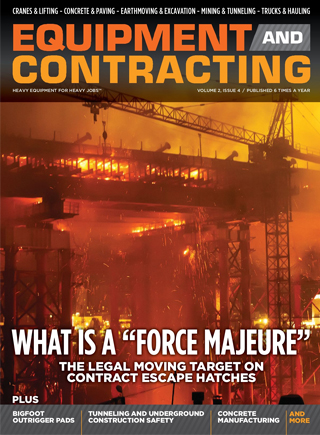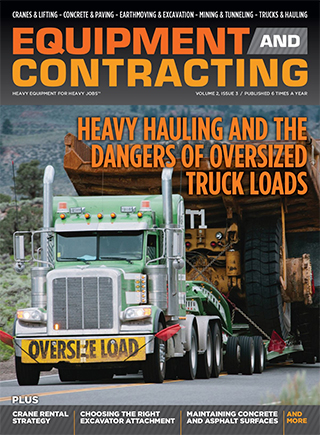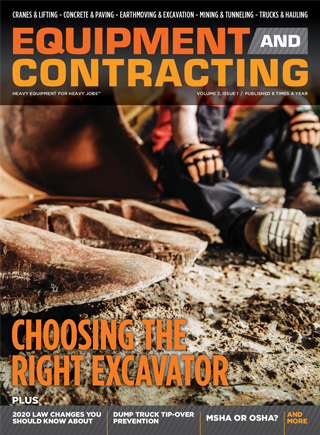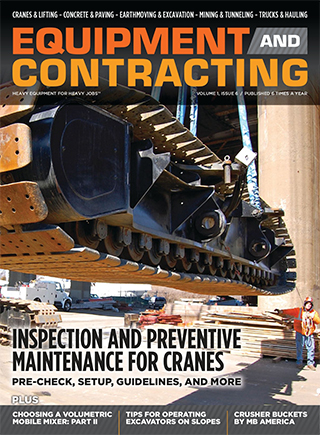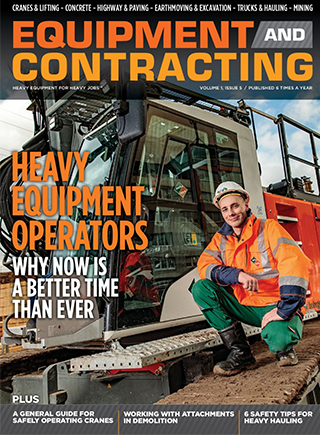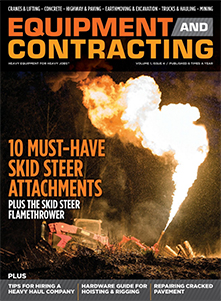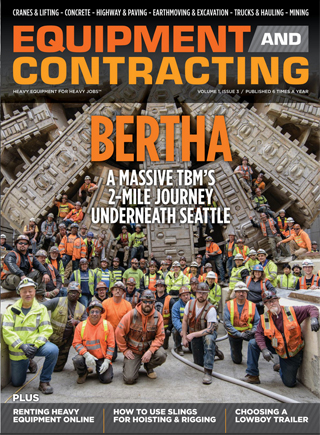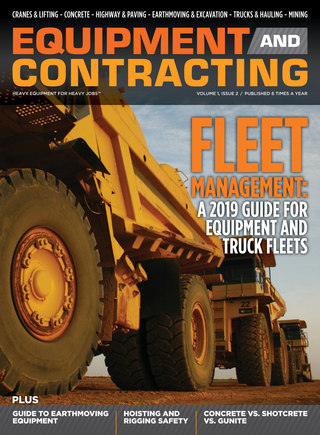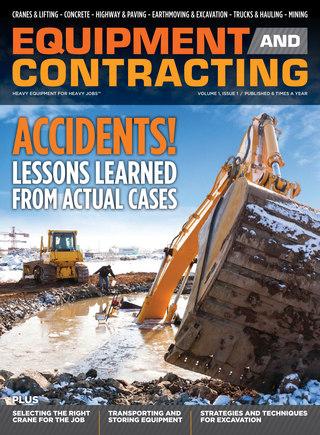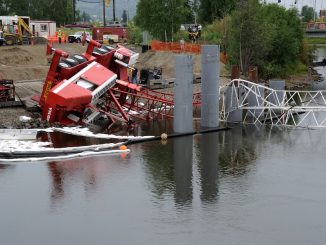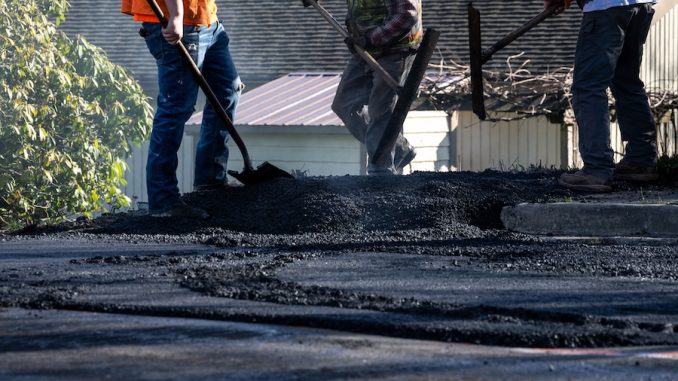
View the complete article here.
Operating a full-service asphalt paving company is a demanding yet rewarding endeavor that requires meticulous attention to managing equipment, sourcing materials, executing projects, and leading employees. Each of these pillars is critical to delivering durable, high-quality pavement for residential driveways, commercial parking lots, and municipal roads.
Managing Equipment for Peak Performance
Equipment is the backbone of any asphalt paving operation, and effective management ensures projects run smoothly, safely, and profitably. From pavers to rollers, your fleet must be reliable and well-maintained to meet tight deadlines and maintain client satisfaction.
Core equipment needs includes…
Asphalt pavers: Machines like the Caterpillar AP555F or Volvo P7820D, priced between $150,000 and $400,000, are essential for laying and smoothing asphalt with precision. These machines feature advanced screed systems to ensure uniform thickness, which is critical for pavement longevity. Selecting a paver with adjustable width capabilities allows flexibility for both narrow driveways and wide parking lots.
Rollers: Vibratory rollers, such as the Bomag BW190AD-5, compact asphalt to achieve the required density (typically 92–96% of maximum theoretical density). Priced at $80,000–$150,000, these machines are vital for creating durable surfaces that withstand heavy traffic. Tandem rollers are ideal for finishing, while single-drum rollers excel in compacting thicker lifts.
Milling machines: Equipment like the Wirtgen W 150 CF, costing $200,000–$500,000, removes old or damaged pavement for resurfacing projects. These machines are indispensable for large-scale jobs like road rehabilitation, as they ensure a smooth base and can recycle asphalt for cost savings.
Dump trucks: Heavy-duty trucks with 10–20-ton capacities transport hot-mix asphalt from plants to job sites. A single truck, costing $100,000–$200,000, must be equipped with insulated beds to maintain asphalt temperature during transit, preventing premature cooling that compromises workability.
Hand tools: Lutes, rakes, and tampers, typically $50–$200 each, are used for finishing edges, corners, and tight spaces where machines can’t reach. Durable, heat-resistant tools are essential to withstand the rigors of daily use in hot asphalt environments.
Consider the following acquisition strategies…
Leasing vs. buying: Leasing equipment, at $5,000–$15,000 per month for a paver, reduces initial capital outlay, making it ideal for startups or seasonal businesses. However, long-term leasing can exceed purchase costs, so established companies with consistent revenue may prefer buying to build equity. Financing options through manufacturers or banks can spread purchase costs over 5–7 years.
Used equipment: Purchasing used machinery can save 30–50% upfront, but requires thorough inspections. Check for wear on critical components like hydraulic systems, screeds, and tracks, as repairs can cost $10,000–$50,000. Request maintenance records and have a certified mechanic evaluate the equipment to avoid unexpected downtime.
Maintenance protocols should include…
Daily checks: Before each shift, operators should inspect tracks, screeds, hydraulic lines, and fluid levels to identify issues like leaks or worn parts. A 15-minute pre-shift routine can prevent breakdowns that delay projects, such as a faulty screed costing a day’s work.
Scheduled servicing: Follow manufacturer guidelines, such as oil changes every 250 hours or filter replacements every 500 hours, to extend equipment life by 20–30%. Partner with local dealers for quick access to parts and certified technicians, minimizing downtime during peak paving season.
Downtime planning: Stock critical spare parts, such as conveyor chains ($500–$1,000) or auger blades ($200–$500), to address common failures on-site. Maintain a small inventory of consumables like hydraulic fluid and filters to avoid delays waiting for deliveries.
Consider integration of the following technology…
GPS-guided pavers: Systems like Trimble or Topcon, integrated into modern pavers, enable precise grading and slope control, reducing material waste by up to 10% and ensuring compliance with project specs. These systems cost $20,000–$50,000 but pay off on large jobs like parking lots.
Telematics systems: Tools like Cat Product Link or Volvo CareTrack monitor fuel consumption, engine hours, and maintenance alerts in real time. For example, optimizing fuel use can save $5,000–$10,000 annually for a small fleet. Telematics also help schedule preventive maintenance, reducing unexpected repairs by 15–20%.
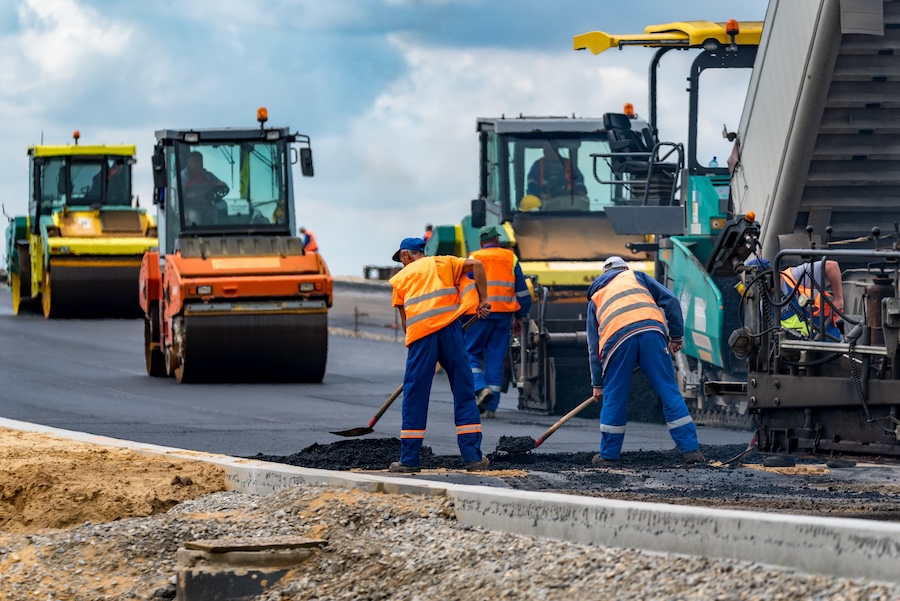
Sourcing High-Quality Materials
The quality of asphalt and aggregates directly impacts pavement performance, making material sourcing a critical function. Strong supplier relationships, rigorous quality control, and cost management are essential to ensure durability and profitability.
Key material components include…
Asphalt mix: Hot-mix asphalt (HMA), priced at $50–$100 per ton, is the standard for most paving projects due to its workability and strength. Warm-mix asphalt (WMA), which uses additives to lower production temperatures by 50–100°F, is gaining popularity for its environmental benefits and extended hauling times. Selecting the right mix depends on project requirements, such as traffic load or climate.
Aggregates: Crushed stone, gravel, or sand must meet strict gradation and durability standards, such as AASHTO M 323, to ensure pavement stability. For example, a well-graded aggregate with 3/8-inch to 3/4-inch particles provides optimal strength for high-traffic roads. Poor-quality aggregates can lead to premature cracking, costing $5,000–$20,000 in repairs.
Additives: Polymers, rejuvenators, or anti-stripping agents enhance asphalt performance. Polymers improve elasticity for heavy-traffic areas, while rejuvenators allow higher percentages of recycled asphalt pavement (RAP), reducing costs by 10–15%. Additives cost $1–$5 per ton but can extend pavement life by 2–5 years.
When it comes to supplier partnerships, consider…
Local asphalt plants: Partner with plants within 50 miles to ensure hot-mix asphalt arrives within 2–3 hours, maintaining temperatures above 275°F for workability. Delayed deliveries can result in rejected loads, costing $500–$1,000 per truck. Regular communication with plant managers ensures priority during peak demand.
Bulk pricing: Negotiate discounts for high-volume orders, such as 500 tons or more, to save 5–10% on aggregates and asphalt. Long-term contracts with suppliers can lock in prices, protecting against seasonal spikes driven by oil market fluctuations.
Regulatory compliance: Verify that suppliers adhere to environmental regulations, such as EPA emissions standards for asphalt plants. Non-compliant plants risk shutdowns, disrupting your supply chain and delaying projects by days or weeks.
Quality control should include…
Mix testing: Use lab services or portable testing kits to verify binder content (typically 4–6%) and aggregate gradation. For example, a mix with insufficient binder can fail under traffic, leading to $10,000–$50,000 in rework. Conduct tests weekly during high-volume periods to ensure consistency.
Recycled asphalt pavement (RAP): Incorporating 20–30% RAP reduces material costs by $5–$10 per ton and appeals to eco-conscious clients. However, test RAP for binder quality and gradation to avoid weak mixes that compromise pavement life.
Temperature monitoring: Use infrared thermometers to check delivery temperatures (275–300°F for HMA). Asphalt below 250°F is difficult to compact, leading to voids and early failure. Train drivers and crew to reject substandard loads immediately.
Consider the following for cost management…
Price tracking: Monitor asphalt price trends, as crude oil fluctuations can increase costs by 20–30% in a single season. Use forecasting tools or industry reports from the National Asphalt Pavement Association (NAPA) to budget accurately.
Optimized logistics: Plan haul routes to minimize fuel costs and travel time, saving $1,000–$5,000 monthly for a small fleet. Coordinate deliveries to avoid idle trucks, as waiting times can add $50–$100 per hour per truck.
Mastering Project Management
Effective project management is the linchpin of a successful asphalt paving company, ensuring jobs are completed on time, within budget, and to client specifications. From accurate estimating to seamless execution, every step must be meticulously planned and monitored.
When it comes to estimating and bidding, consider…
Cost calculations: Use software like B2W Estimate or HCSS HeavyBid to factor in materials ($8–$12 per sq. ft.), labor ($5–$7 per sq. ft.), equipment ($2–$3 per sq. ft.), and overhead (10–15% of total costs). For a 5,000 sq. ft. driveway, total costs might range from $15,000–$25,000, with a 20% profit margin. Inaccurate estimates can lead to losses or uncompetitive bids.
Site-specific factors: Assess soil conditions, drainage requirements, and existing pavement thickness during site visits. For example, poor subgrade may require $2,000–$5,000 in additional base material. Include contingencies (5–10%) for unforeseen issues like utility conflicts.
Competitive bidding: Price jobs to cover costs while staying within 5–10% of local competitors. Avoid lowballing, as it erodes profits and may signal inferior quality, deterring high-value clients like property managers or municipalities.
For scheduling, consider…
Resource coordination: Align crew availability, equipment, and material deliveries to avoid bottlenecks. A residential driveway (1–2 days) requires 4–6 workers, one paver, and one roller, while a 20,000 sq. ft. parking lot (3–5 days) needs 8–10 workers and additional equipment. Overbooking can delay projects, costing $1,000–$5,000 in penalties or lost goodwill.
Weather planning: Asphalt cannot be laid in rain or below 40°F, as moisture or cold causes defects like segregation or poor compaction. Check 7-day forecasts and maintain flexible schedules to shift jobs during wet seasons, reducing downtime.
Project management tools: Use Procore, Microsoft Project, or Buildertrend to track milestones, assign tasks, and monitor budgets. These tools reduce scheduling errors by 20–30%, ensuring crews and equipment are deployed efficiently.
It’s all about execution so be sure to consider…
Site preparation: Grade and compact the subbase to 95% Proctor density using a plate compactor or roller. Proper base preparation prevents settling, which can cost $5,000–$20,000 to repair. Install drainage systems if needed to avoid water pooling, a common cause of pavement failure.
Paving process: Lay asphalt in lifts of 1.5–2 inches, compacting each layer immediately with rollers to achieve 92–96% density. Maintain consistent paver speed (10–20 ft./min.) to avoid ripples or uneven thickness, which can lead to premature cracking.
Quality checks: Use a 10-foot straightedge to verify surface smoothness (no deviations over 1/4 inch) and take core samples to confirm thickness (e.g., 4 inches for driveways, 6–8 inches for roads). Failing to meet specs can result in costly rework or warranty claims.
Never neglect client communication, including…
Detailed proposals: Provide itemized bids outlining scope, materials, timeline, and costs, ensuring transparency. For example, specify whether sealcoating is included, as clients may assume it’s standard.
Progress updates: Inform clients of milestones, such as base preparation or paving completion, via email or phone. Address issues like unexpected subgrade repairs promptly, proposing solutions and cost adjustments if needed.
Warranties: Offer 1–2-year warranties on workmanship to build trust. Clearly define terms, such as excluding damage from heavy vehicles, to avoid disputes.
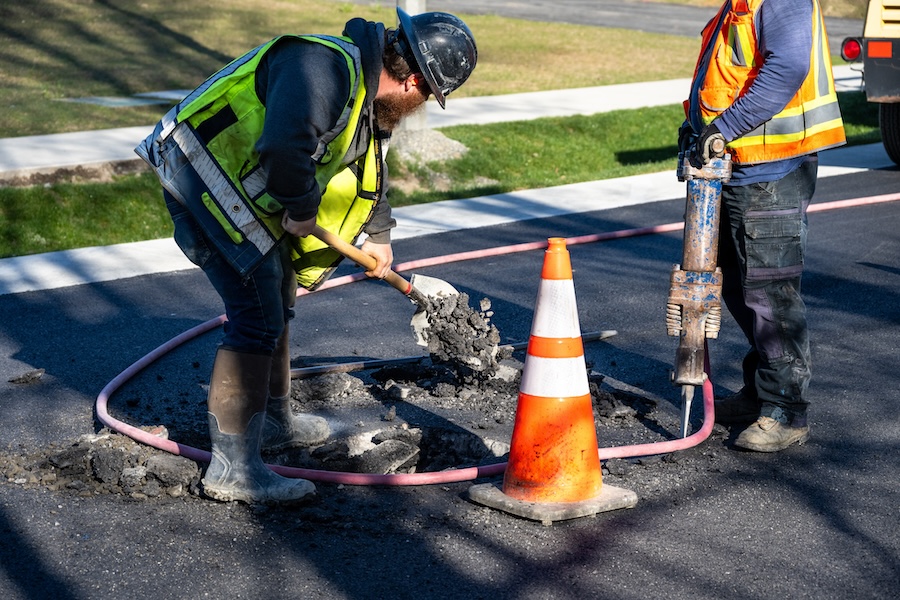
Managing and Motivating Employees
A skilled, motivated workforce is the heart of an asphalt paving company, delivering the precision and quality that clients expect. Effective employee management involves strategic hiring, ongoing training, safety enforcement, and strong leadership.
The key roles of a paving company include…
Paver operators: These skilled workers, earning $25–$35/hour, run complex machinery like asphalt pavers, requiring 1–2 years of experience to master screed adjustments and paving speed. Their precision ensures smooth, even surfaces critical for client satisfaction.
Roller operators: Paid $20–$30/hour, they compact asphalt to the correct density, a key factor in pavement durability. Operators must understand roller patterns and vibration settings to avoid over- or under-compaction, which can cause failures.
Laborers: Entry-level workers ($15–$20/hour) perform physically demanding tasks like raking asphalt, shoveling, and site cleanup. Their attention to detail in finishing work, such as edging, enhances the final product’s appearance.
Foremen: Earning $30–$40/hour, foremen oversee crews of 4–10 workers, enforce safety protocols, and ensure projects meet specifications. They act as the on-site decision-maker, resolving issues like equipment malfunctions or material delays.
Estimators and office staff: Paid $20–$35/hour, these roles handle bids, scheduling, and client communications. Estimators need technical knowledge to assess job costs accurately, while office staff keep operations running smoothly.
When it comes to hiring and retention of employees, consider…
Recruitment: Source talent through trade schools, online job boards like Indeed, or industry networks like NAPA. Attend local job fairs or partner with vocational programs to attract young workers interested in construction careers.
Competitive compensation: Offer wages 5–10% above local averages and benefits like health insurance, paid time off, or 401(k) plans to reduce turnover, which can cost $5,000–$10,000 per employee in recruitment and training. Annual raises or performance bonuses incentivize loyalty.
Career development: Create clear advancement paths, such as promoting laborers to operators after 6–12 months of training. This motivates workers and builds a skilled internal talent pool, reducing reliance on external hires.
Training and development is crucial and should not be overlooked…
Skill training: Provide hands-on instruction on equipment operation, asphalt placement, and compaction techniques. Partner with manufacturers like Caterpillar for operator training programs, which can improve efficiency by 15–20%. NAPA certifications in asphalt technology enhance credibility.
Cross-training: Train workers in multiple roles, such as laborers learning roller operation, to ensure flexibility during peak seasons or absences. Cross-trained crews can handle 10–20% more projects without additional hires.
Safety education: Conduct weekly toolbox talks on hazards like hot asphalt burns (up to 300°F), equipment pinch points, or traffic risks. OSHA 10-hour courses, costing $100–$200 per worker, reduce workplace incidents by 30–40%.
And, of course, there is safety…
PPE enforcement: Mandate high-visibility vests, heat-resistant gloves, steel-toe boots, and hard hats, costing $50–$100 per worker annually. Regular inspections ensure compliance, as lapses can lead to $5,000–$50,000 in OSHA fines or injury claims.
Traffic control: For road or parking lot jobs, use certified flaggers, cones, and signage to manage vehicle and pedestrian traffic. A traffic control plan, costing $500–$2,000 per job, prevents accidents and ensures worker safety.
Incident tracking: Log near-misses and incidents to identify trends, such as frequent equipment malfunctions, and implement corrective measures. A strong safety record lowers your Experience Modification Rate (EMR), saving 10–20% on insurance premiums.
View the complete article here.
What equipment is essential for running a full-service asphalt paving company?
A full-service paving company needs asphalt pavers, rollers, milling machines, dump trucks, and hand tools to perform efficiently.
How can an asphalt paving company ensure high-quality asphalt work?
By using well-maintained equipment, sourcing quality materials, following proper paving procedures, and conducting regular quality checks.





